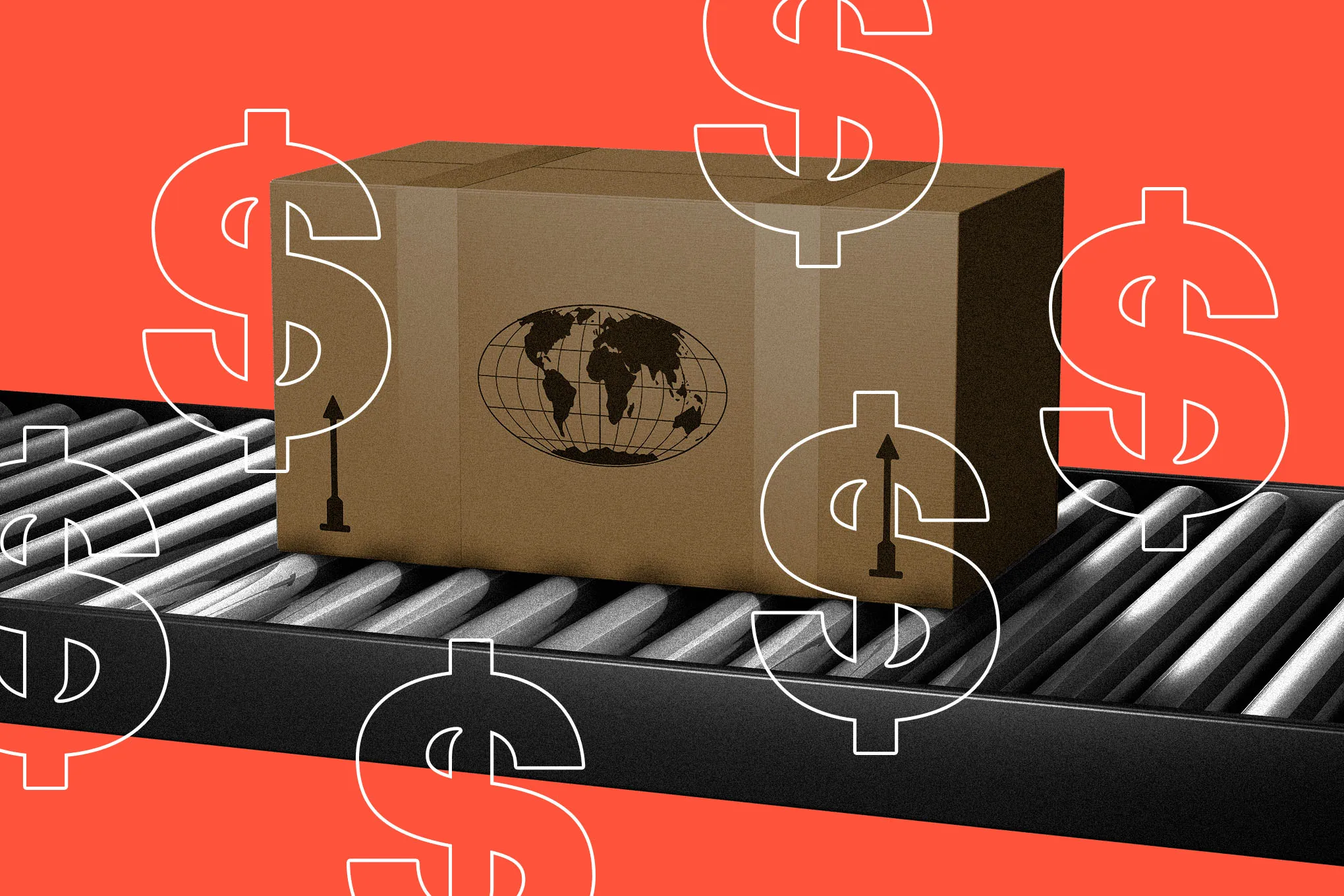What’s Actually in the Tariff Package?
Under the new policy, the U.S. government has enacted a 10% across-the-board tariff on all imports, with additional tariffs of up to 46% on imports from certain countries like China, India, and Vietnam. These tariffs are intended to drive domestic production and rebalance trade relationships, but they’re also hiking costs on everyday products.
Items impacted include:
- Bananas (primarily imported from Latin America and India)
- Coffee (major imports from Colombia, Indonesia, and Vietnam)
- Toilet paper (which depends on Canadian and South American raw pulp)
The result? A looming rise in prices that will impact nearly every American household.
Why This Matters to the Tech World
At first glance, the news seems squarely in the realm of consumer goods and agriculture. But dig a little deeper, and you’ll find that this is also tech news.
How so? Because tariffs that affect essential commodities also impact logistics, shipping, cloud commerce, and global manufacturing—key sectors where the tech industry operates and innovates.
Modern logistics platforms, for instance, use AI and IoT to track shipments. If bananas get pricier because ships are delayed or rerouted to avoid tariff penalties, the tech powering those platforms also shifts. That leads to demand for smarter, faster logistics AI—an opportunity for startups.
Just like in our coverage of GPU tariffs shaking up AI development, we’re seeing how global policy decisions have direct implications for tech businesses and innovation.
Bananas and Budgeting: The Retail Fallout
Bananas have long been one of the most price-stable grocery items in the U.S. due to their abundant supply and long-standing trade relationships. But with India now facing a 27% import tariff, grocery chains will likely pass the cost to consumers.
Retail giants like Walmart and Kroger are scrambling to renegotiate supply contracts or source from tariff-exempt nations, but options are limited. Smaller grocers are even more vulnerable, which could drive consolidation or inventory shifts—both of which have cascading effects on retail tech, e-commerce integrations, and digital supply chain systems.
This mirrors concerns we highlighted in our piece on AI-led supply chain resilience, where we noted that volatility in physical supply must be managed with better digital infrastructure.
The Brewing Problem: Coffee Costs to Climb
If you’re a daily coffee drinker, brace yourself.
Indonesia and Colombia—two major coffee exporters—now face 32% and 18% tariffs respectively. Importers are forecasting price hikes of 15–30%, depending on the region and blend. High-end coffee shops and subscription services, many of which rely on cloud-based logistics and e-commerce platforms, are already planning to adjust pricing.
This isn’t just a food issue—it’s a data and delivery problem, too. As prices go up, consumer behavior shifts. That means tech companies behind coffee delivery apps, rewards platforms, and even marketing CRMs will need to adapt algorithms, track sentiment, and pivot marketing faster than ever.
Toilet Paper: The Unexpected Tech Tie-In
Toilet paper might seem like a stretch for a tech outlet to care about—but hear us out.
The raw material—softwood pulp—comes mostly from Canada and South America. With tariffs on those regions, U.S. paper companies will face higher production costs. In response, they’re automating production and logistics at record speed.
Companies are now investing in IoT-enabled inventory systems, machine learning for material forecasting, and blockchain-backed supplier verification systems to cut costs elsewhere.
The paper industry is just another example of how “traditional” businesses are becoming tech-integrated under pressure—a theme we’ve consistently covered at Tech Estate Empire.
The Broader Economic Picture
Inflation: A Sneaky Side Effect
The new tariffs are inflationary by design. By increasing the cost of imports, they encourage domestic production—but in the short term, they raise prices across the board.
This inflation seeps into tech payrolls, startup burn rates, and capital efficiency. VCs are already advising portfolio companies to adjust revenue models in anticipation of increased consumer hesitancy.
Housing and Building Materials Also Hit
Don’t forget: other tariffs also include construction materials like steel, aluminum, and lumber, which directly affects the smart home and green tech markets.
As we reported in our breakdown of supply chain-linked layoffs, tech companies often cut R&D or freeze hiring in response to indirect cost spikes. Expect more of that in Q3 and Q4.
Consumer Response: Will Habits Change?
Americans are historically brand-loyal but price-sensitive. With coffee and bananas rising, some will shift to cheaper substitutes or buy in bulk. Others may cut back altogether.
This is where tech platforms shine. Expect growth in:
- Price comparison apps
- AI-driven grocery delivery recommendations
- Warehouse club subscriptions
- Budgeting fintech tools
In short: tech will be a coping mechanism for a tariff-shaped economy.
Final Thoughts from Tech Estate Empire
We often think of tariffs as something that only affects big corporations or Washington insiders. But as this new wave of import duties hits the most basic household goods, we’re reminded how deeply connected trade, tech, and the consumer economy really are.
These tariffs aren’t just about economics—they’re about innovation. They’re going to test the resilience of global supply chains, the adaptability of U.S. tech startups, and the financial patience of everyday consumers.
At Techestateempire, we’ll be tracking these intersections in real time—because the story of trade wars is also the story of tomorrow’s technology.

